23 Home Improvement Projects You Can Do Without Planning Permission
‘Will I need planning permission?’ is a question many ask themselves when setting out on a home renovation or extension project. And, for those of you looking to refurbish an existing building, it might come as a pleasant surprise to discover just how much you can achieve without having to go through the planning approval process.
In the UK, the permitted development (PD) regime allows you to embark on a whole host of home improvements, from extensions and loft conversions through to adding solar panels or other renewable technologies.
The crux of permitted development rights is that the government has granted blanket consent for a range of works, provided they meet certain criteria and that the local authority accepts your scheme. This is a complex area of planning regulation, taking in numerous classes of development – each with its own detailed rules. Permitted development can be tricky to understand, too, with fairly strict rules setting out what you can and can’t do based on your home’s size, location and its surroundings.
In this article we’ll principally be focusing on the permitted development rights in England, but Scotland, Wales and Northern Ireland all administer their own versions. They each follow the same basic principles but have subtle differences, so check the guidance that applies to your part of the country via the relevant government website.
So, what do you need planning permission for, and what projects can you undertake without formal consent? Take a look at these 23 permitted development examples to see what you can achieve without applying for planning permission.
1. You Can Build a Single-Storey Extension Without Planning Permission
You can build storey-height additions to the back and sides of your house under permitted development rights. Generally the limits for rear extensions are that you can stretch 4m out from the original dwelling on detached homes, and 3m in other cases.
Larger extensions up to 8m and 6m respectively are currently allowable in England, subject to a notification procedure. Side extensions can be up to half the width of the original building.
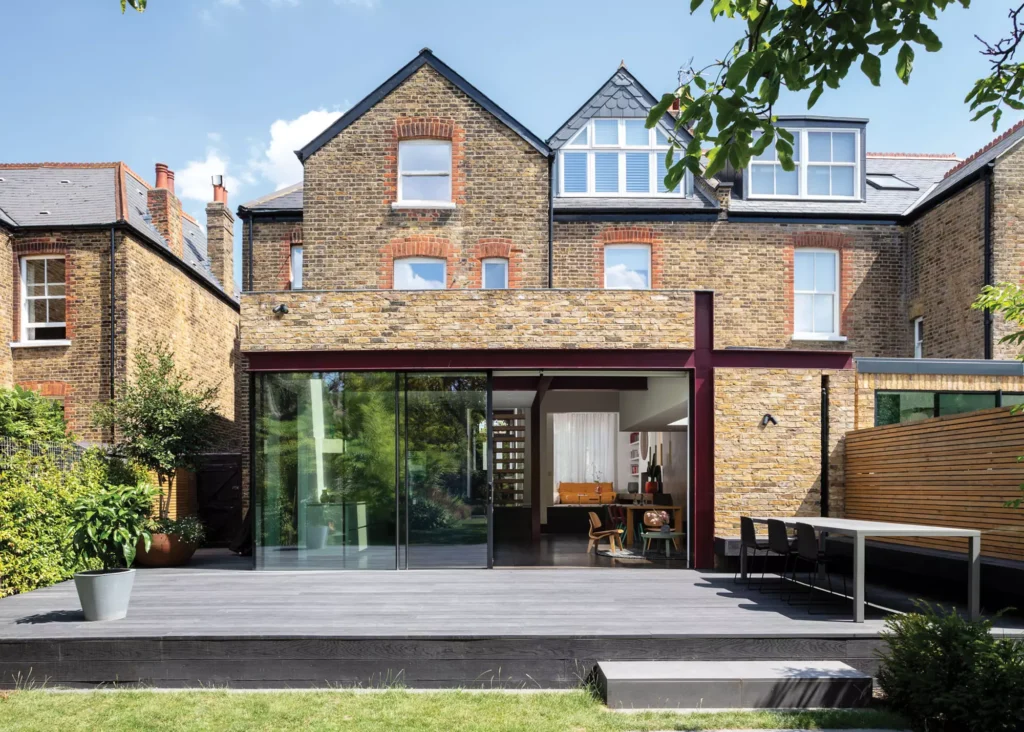
By doing a detailed analysis of historical maps, Francesco Pierazzi Architects demonstrated the original form of this semi-detached Victorian house as it stood before 1948. From here, they developed a design for an extension that did not require full planning consent. Photo: Gianluca Maver
You will be restricted in terms of ridge height (4m) and the amount of garden amenity you can cover (no more than 50%) if you want to qualify for PD. Proximity to plot boundaries also has an impact, while the materials must match the existing house as far as practicable.
CLOSER LOOK Permitted development rules for house extensionsWhat size extension can you build without planning permission? These are the general guidelines:
Read More: Extending a Home Under Permitted Development: What Can I Build? |
2. You Won’t Need Planning Permission to Renovate Your Interiors
For those of you after an interior refresh, reconfiguring rooms is a quick and easy way to update a space, and you won’t need permission for internal changes such as moving walls, adjusting floor heights, rejigging a kitchen or creating a new bathroom.
This only applies to a completed and occupied house, however; not to a new build or conversion under construction, where the approved plans must be followed. Bear in mind that you may need listed building consent if your home carries this status.

Interior designer Alice Constable Maxwell unleashed her keen eye for colour on a dilapidated Victorian home, transforming it into the perfect family dwelling. The home has been upgraded with a dormer loft conversion and a light-filled rear kitchen-diner extension with colourful glazed features and a charming interior scheme. Photo: Simon Maxwell
Think about giving your interiors a refresh by painting the walls a new colour or creating a feature wall with tiles or brick slips. Choosing a surface finish can be difficult as there are so many options. Many modern decorators are opting for standard paint alternatives like clay- and lime-based plasters for their organic feel, texture and breathable properties. Both of these options can be tinted, pigmented and even sculpted to create a striking finish.
3. Formal Planning Rules Don’t Apply to Garage Conversions
Garage conversions are one of the speediest and most affordable routes to adding flexible floor space to your existing home. The process will significantly enhance your home’s value and a garage conversion will offer a versatile new space that can be used as a home office, bedroom or home gyms or even a small guest room complete with bathroom and kitchenette.
Do you need planning permission for a garage conversion, though? The good news is that planning permission is not normally required to repurpose a garage for residential use, providing that the work is exclusively internal and does not involve enlarging the building in any way (including the addition of dormers in the roof).
Check with your local authority that the right to convert has not been removed. This is a particularly common issue with new developments and conservation areas.
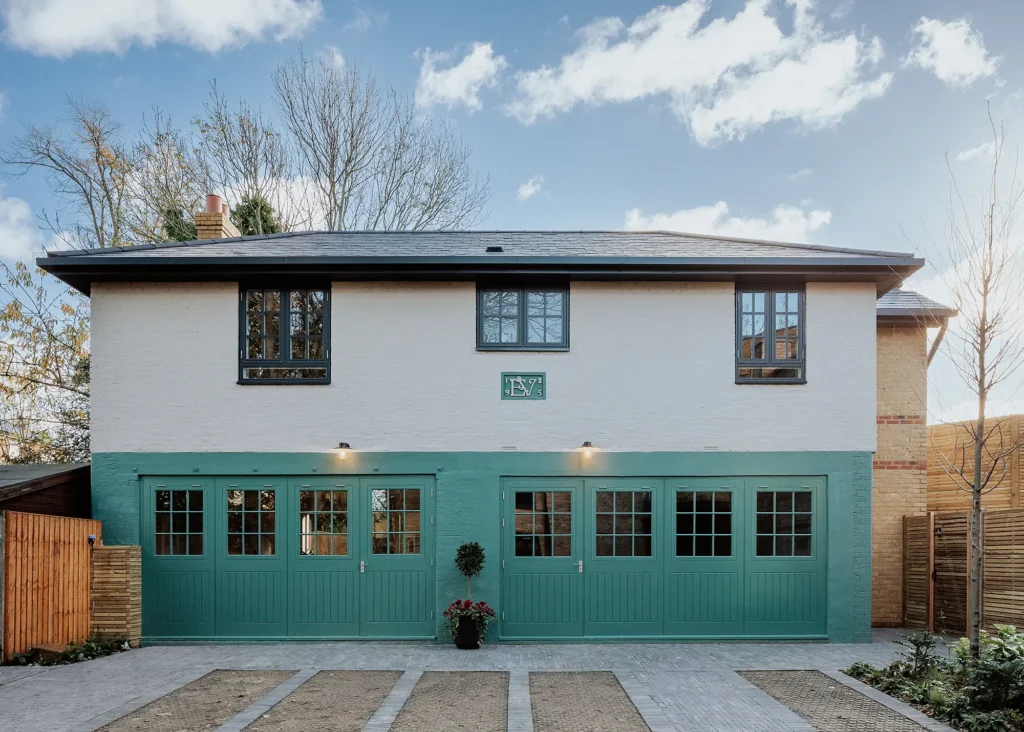
Garage conversions generally don’t need planning permission, as long as the exterior remains sensitive to the original design. This residential development project by MW Architects involved converting a set of old coach houses, with the garage on the lower storey transformed into comfortable, liveable homes. Photo: Taran Wilkhu
Check with your local authority that the right to convert has not been removed. This is a particularly common issue with new developments and conservation areas.
A full planning application will also be necessary if you want to significantly alter the external appearance of the garage, such as making big changes to the windows, using new materials or adding an extension. Among the other permissions you might need to secure are listed building consent (if you live in a listed building) and party wall agreements with any adjoining neighbours.
Read More: Garage Conversions: The Ultimate Beginner’s Guide
FAQ Do I need planning permission for a carport?Martin Gaine, Build It’s planning expert, says: Although a car port is generally a light-weight (open-sided) structure, it is still treated by the planning system as development requiring planning permission. However, they can be permitted development (meaning that they do not need express planning permission) under the allowances for outbuildings. These include that they can’t sit forward of the main wall of your house and can’t be more than 2.5m tall if close to a site boundary. The permitted development rules can be fairly complex so it is usually best to apply for a certificate of lawfulness from your local council before starting work. This confirms that what you are proposing complies with the rules. For a helpful guide to the permitted development rules, search online for the interactive house, a free resource on the Planning Portal website. |
4. Build a Conservatory Without Planning Permission
For planning permission purposes, conservatories, sunrooms and orangeries are treated as extensions – with the main difference being that the requirement for matching materials doesn’t apply as you’ll likely have large areas of glazing.
To qualify as permitted development, your conservatory must attach to the original dwelling and not a subsequent extension.
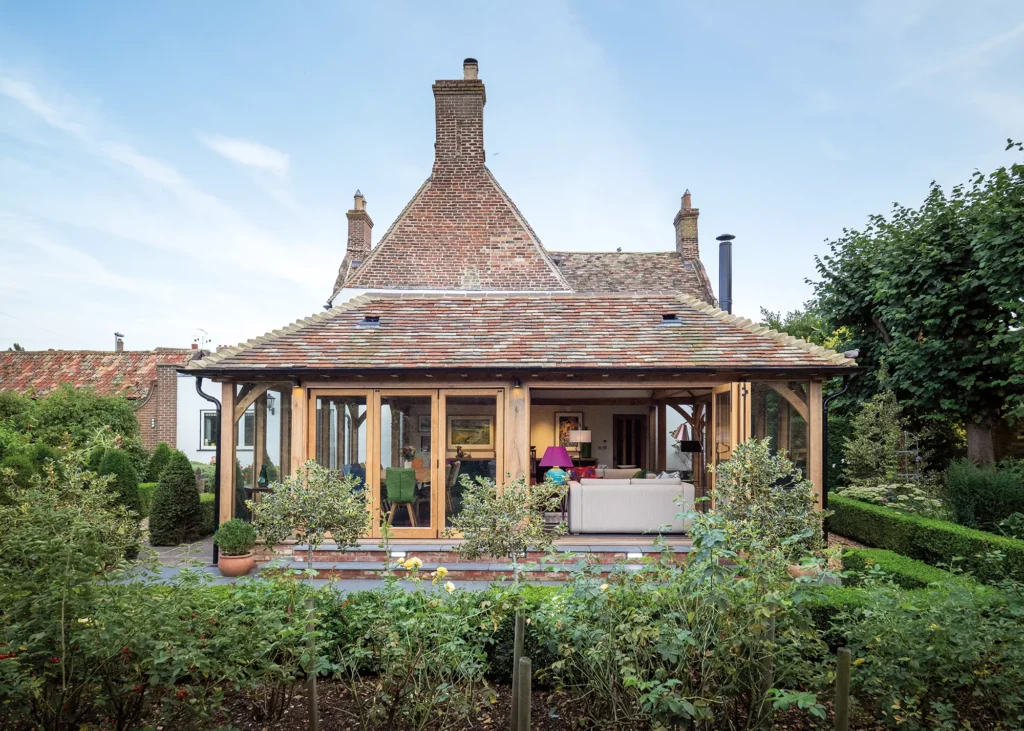
This conservatory from Prime Oak has created a bright and airy living space, transforming the dynamic of this previously closed off home. This 7.5m x 7.5m oak orangery with tiled roof and bespoke sunken lantern features full height glazing on three elevations and two sets of bifold doors
5. Erect a Multi-Storey Extension Under Permitted Development
If you’re able to, doubling up with an extra level when extending will be one of the best routes to elevating your property’s value and adding more useful floorspace that can be used for bedrooms, bathrooms, offices and more. But do you need planning permission for a double-storey extension? In most cases, multi-storey or two-storey extensions don’t require formal planning permission as they will fall under permitted development rights.
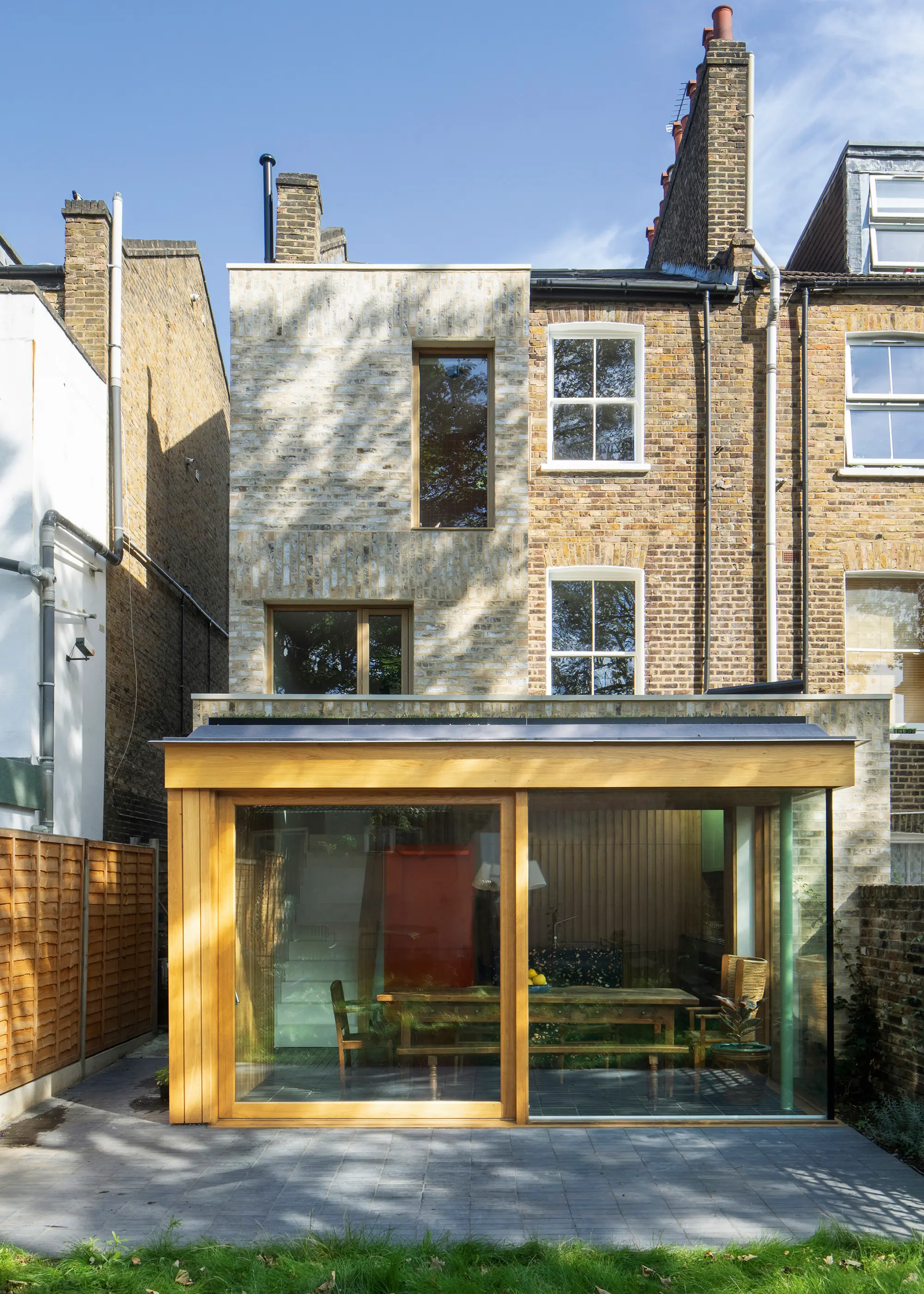
Yard Architects worked with the homeowners to rethink the layout and design of this Victorian terrace property in North London. They created a generous rear kitchen-diner extension and an additional storey built on top of the existing outrigger, providing the home with a generous helping of light and volume. Photo: Richard Chivers
Here’s your permitted development checklist for extensions of more than one storey:
- Must not extend beyond the rear wall of the original property by more than 3m.
- Must not be within 7m of any boundary opposite the rear wall of the house.
- The roof pitch must match the existing building as far as possible.
- Any upper floor windows located on a side elevation must be obscure glazed and non-opening (unless the openable part is more than 1.7m above the floor).
- All side extensions of more than one floor require planning consent.
6. You Don’t Need Planning Consent to Repair, Replace or Add Windows
You won’t need planning permission to replace your home’s windows provided that, as a result of the change, the appearance of the house isn’t materially altered (so some change is permissible). You can even enlarge existing fenestration under PD – although take note that bay windows are considered to be extensions.

Upgrading your windows is a great time to address any efficiency upgrades you could make to your home, such as specifying triple-glazed windows or new opening styles. Internorm’s HV 450 timber-aluminium window has an impressively low U-value of 0.6W/m2k, and offers the option of integral blinds
Special rules intended to protect neighbours’ privacy apply to side windows, which should be fitted with obscured glazing. It’s quite common to see conditions on previous planning permission preventing alterations to windows in houses and conversions – so always check this before proceeding.
7. You Can Renovate or Convert Your Loft Space Without Planning Permission
Loft conversions are an excellent, cost-effective and smart way to make the most out of an often-unused space without building outside of the property’s footprint. They make great additions to compact homes where space to extend is limited, and the additional usable storey means boosting your property’s value, too.
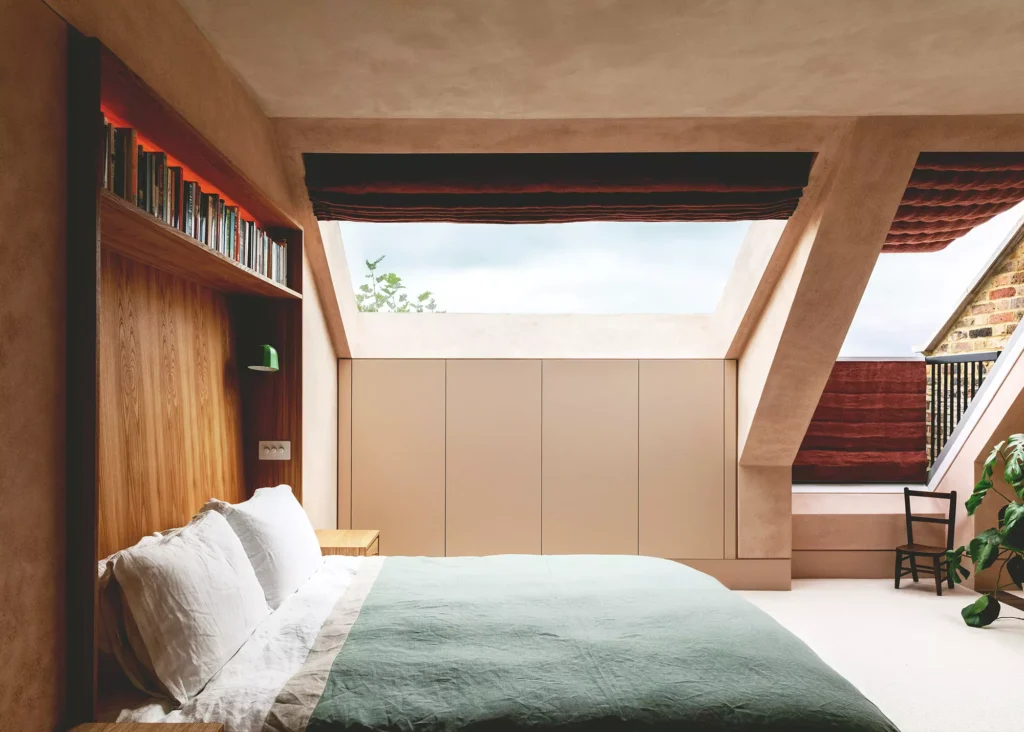
Studio Hagen Hall has applied its eye for spatial planning to this compact terraced home in an urban city location, adding a contemporary loft conversion. Photo: Mariell Lind Hansen
A loft conversion project tends to largely rest on internal work, so there’s usually no need for planning permission as it’s likely that the works will fall under Permitted Development (PD) rules. You can expand available space either with dormer windows or similar alterations, such as changing a hipped roof to a gable – subject to the proviso that the works don’t extend beyond the plane of the existing slope on the front elevation.
These are the limitations set out by permitted development for loft conversions:
- The materials used on your loft conversion’s exterior must be similar in appearance to the existing house.
- The volume of enlargement (including any previous enlargements made) must not exceed the original roof space by more than: 40 cubic metres for terraced houses; or 50 cubic metres for other properties.
- The loft conversion must not exceed the height of the existing roof.
- On the principal elevation of the house (where it fronts a highway), must not extend beyond the existing roof slope.
- Side-facing glazing or windows must be obscure-glazed; and, if opening, to be 1.7 metres above the floor of the room in which they are installed.
Essential Advice: Loft Conversions: 10 Key Questions to Ask When Converting a Loft
8. Replace Your Roof without Formal Planning Permission
You won’t need formal planning consent to change your home’s roof covering – including jobs such as repairing sections of the covering or replacing it with the same or another material. Just think about what will suit your home’s style.
Any alterations must project no more than 150mm from the existing plane, which is just enough room to add a layer of external insulation if you choose to take this route for an attic conversion (see above).
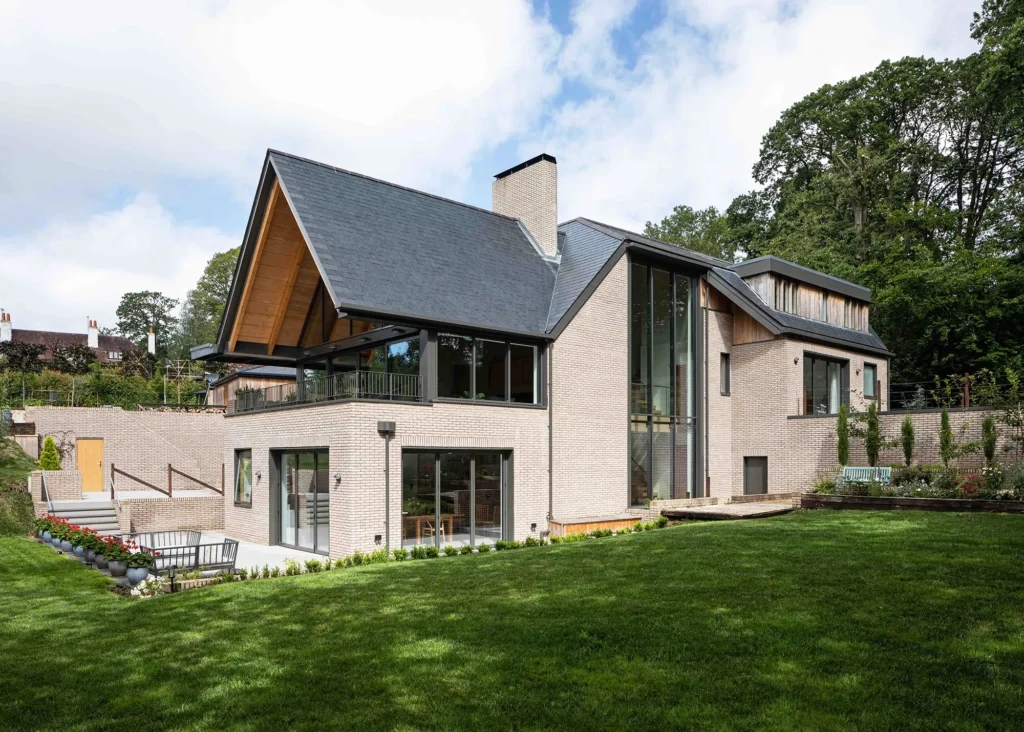
Levitate Architecture and Design Studio chose Cupa Pizarras’ CUPA 12 slate roof tiles for this home in a conservation area. The traditional feel of the slate helped with planning permission, with a sleek finish that sits well on the steep pitched roofs and overhanging eaves
9. Install Rooflights or Roof Windows Under Permitted Development
Rooflights or roof windows offer a fantastic opportunity to filtering in top-down natural light. Installating this type of glazing feature doesn’t require formal planning permission as they’re covered by permitted development (PD) rights, providing they do not protrude more than 150mm beyond the plane of the roof slope and do not sit higher than the highest part of the roof.
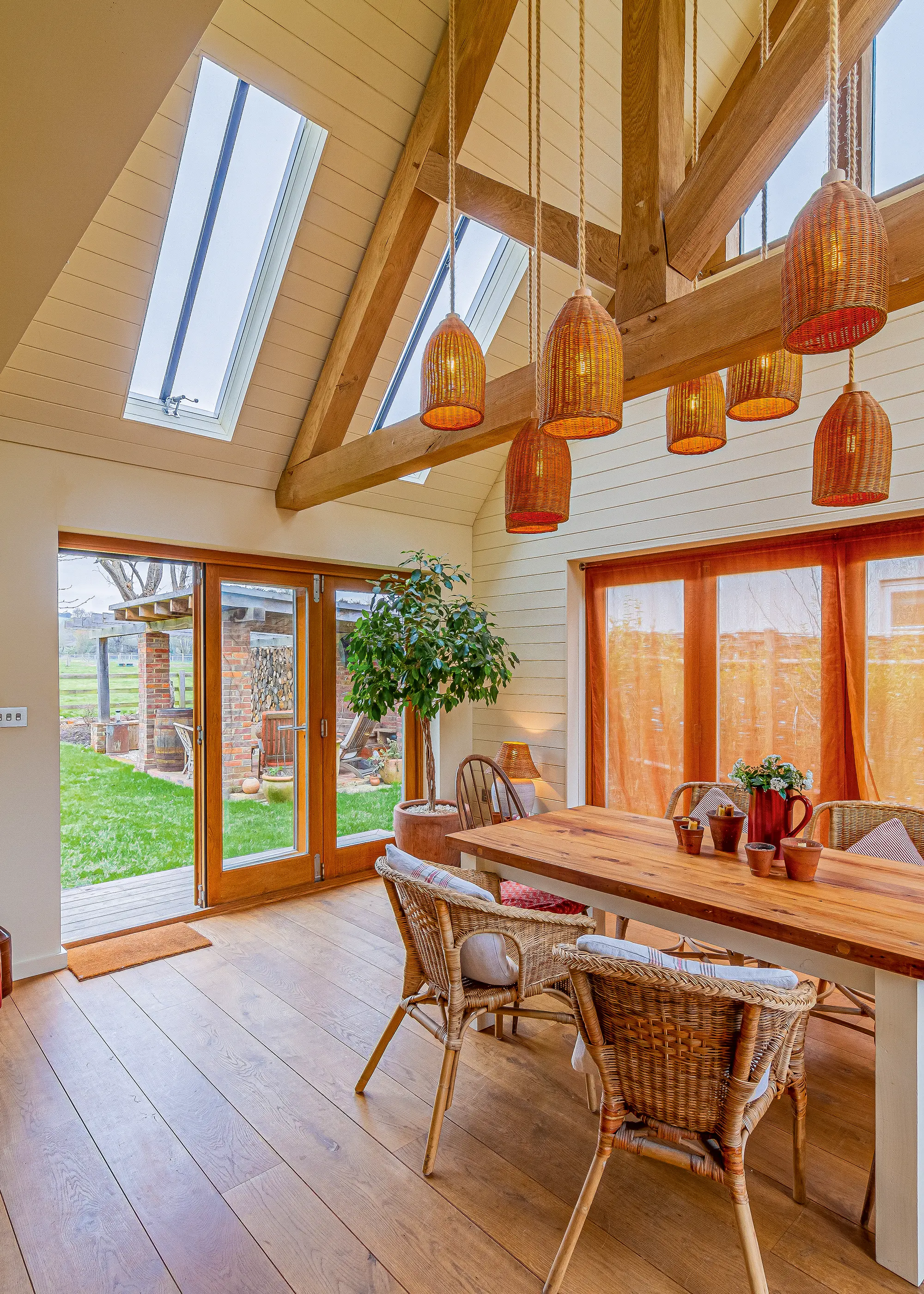
The owners of this property, which is located within a conservation area in Henley on Thames, maximised their living space using The Rooflight Company’s conservation rooflights
Permitted development rights don’t apply to listed buildings or those in conservation areas, so if your home falls into either category, you’ll need to apply for consent. You should look to specify sympathetic models, too, such as conservation rooflights which fit the aesthetic of older period homes.
10. Add a Porch to Your Home without Planning Permission
You can update any external door to your home by adding a small porch, up to 3m high and 3m2 in floor area (measured externally). It must be at least 2m away from any boundary with a highway.
11. You Don’t Need Planning Consent to Update Your Home’s External Cladding
You’re allowed to paint, repair or replace the external cladding of your house, but the new finish must broadly match the original in appearance.
There are strong restrictions in place to protect designated zones. So in conservation areas, national parks, areas of outstanding natural beauty (AONBs) and the Broads you will need to apply for planning permission to clad in stone, artificial stone, pebbledash, render, timber, plastic or tiles.
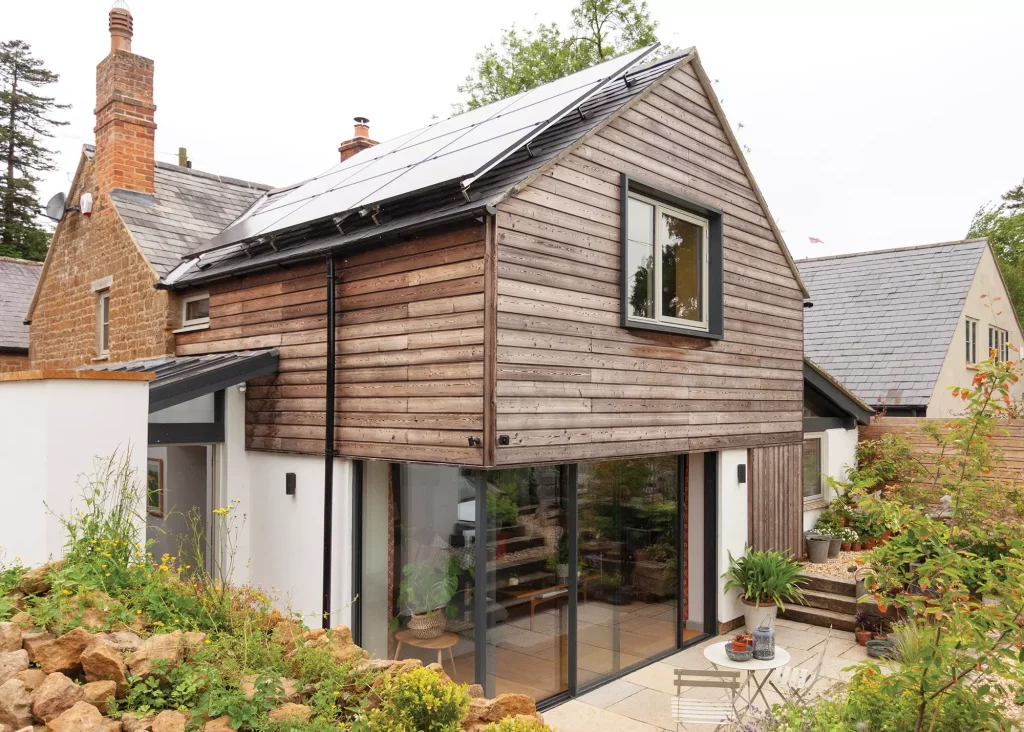
Carbon by Design supplied the charred larch cladding for this extension to an 18th-century cottage in Warwickshire. Larch is a hardwearing, low-maintenance cladding option – providing a naturally textured finish that complements the main house’s period character. Photo: William Goddard
12. Upgrade Your Home’s Insulation for Maximum Efficiency
Unless a layer of thermal protection is being applied to the building’s exterior in a way that would affect its appearance, then fitting insulation is classed as internal work that doesn’t require permission.
Where you’re adding it as part of an external cladding, such as insulated render, it will still count as PD unless it increases the height of the building or moves the front wall closer to the highway.
13. You Don’t Need Planning Permission to Fit Solar Panels
The government’s bid to reduce carbon emissions means that homeowners are now free to add solar thermal or photovoltaic (PV) panels on roofs or walls, provided the units don’t protrude more than 200mm beyond the roof plane and are installed below the highest part of the covering.

Special mounting systems can enable solar panel installation on flat roofs and in gardens. Photo: iStock.com/Rene Notenbomer
The general rule is that these renewables should be sited to minimise visual impact on the dwelling and the locale – and there are specific restrictions in place for conservation areas, world heritage sites and listed buildings. Panels can also be installed on outbuildings or in your garden, but there are strict size limitations for the latter.
14. Install a Heat Pump Under Permitted Development
You can fit a ground or water source heat pump in your garden as permitted development. The only potential snag may be local rules for listed buildings and conservation areas. There are strict size and location limits for air source versions – and only your first installation is allowed under PD.
If you do choose to make the switch to a heat pump, you’ll be able to access the UK’s Boiler Upgrade Scheme (BUS), meaning you’ll receive a grant towards the installation of a new heating system.
You can access the following under the Boiler Upgrade Scheme:
- £7,500 towards an air source heat pump
- £7,500 towards a ground source heat pump (this includes water source heat pumps)
- £5,000 towards a biomass boiler
Read More: Heat Pump Guide: What Are Heat Pumps & How Do They Work?
15. Do You Need Planning Permission to Convert a Basement?
If you’re lucky enough to have an existing basement and if extending upwards into the loft or outwards into the garden to create a rear extension isn’t an option for you, refurbishing the space below your home may be an amazing way to expand the liveable space in your home.
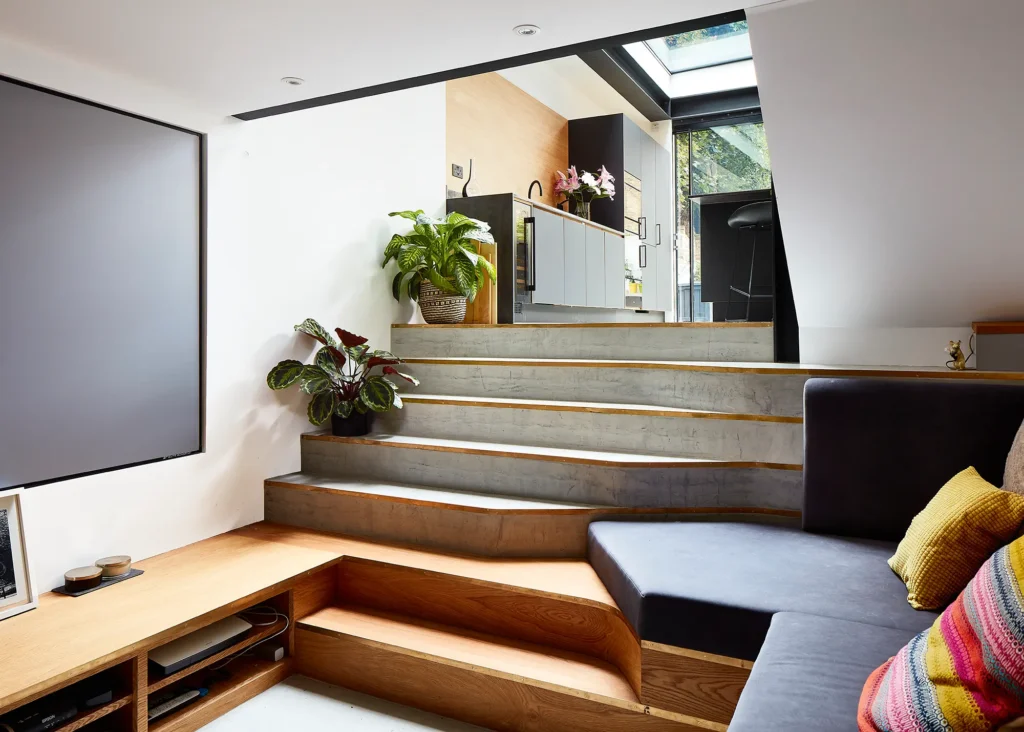
Scenario Architecture designed the renovation of this Victorian semi-detached house, including the extension of the existing underground space. As part of the works, the floor level was dropped significantly to create a sunken home cinema room and gym
Cellars are a common feature in many period properties, but as they were principally designed as a storage space, transforming this dark, often cramped zone into appealing, habitable accommodation can present a few challenges. Headroom is typically one of the biggest obstacles to overcome, as you’ll want a minimum clearance of at least 2m.
Additional structural works, waterproofing and insulation may also be required – not to mention that you’ll probably want to incorporate some means of bringing natural light in.
16. Underpin a House’s Structure
This type of maintenance on foundations – which is usually designed to stabilise a structure – won’t normally require planning permission, although a formal application could be necessary when underpinning a listed building or a property in a designated area.
17. Construct an Outbuilding or Garden Office without Planning Permission
Erecting new single-storey structures – including summerhouses, garages and garden offices – is allowed under permitted development provided their use is incidental to that of the main dwelling (eg for a gym rather than an extra bedroom).
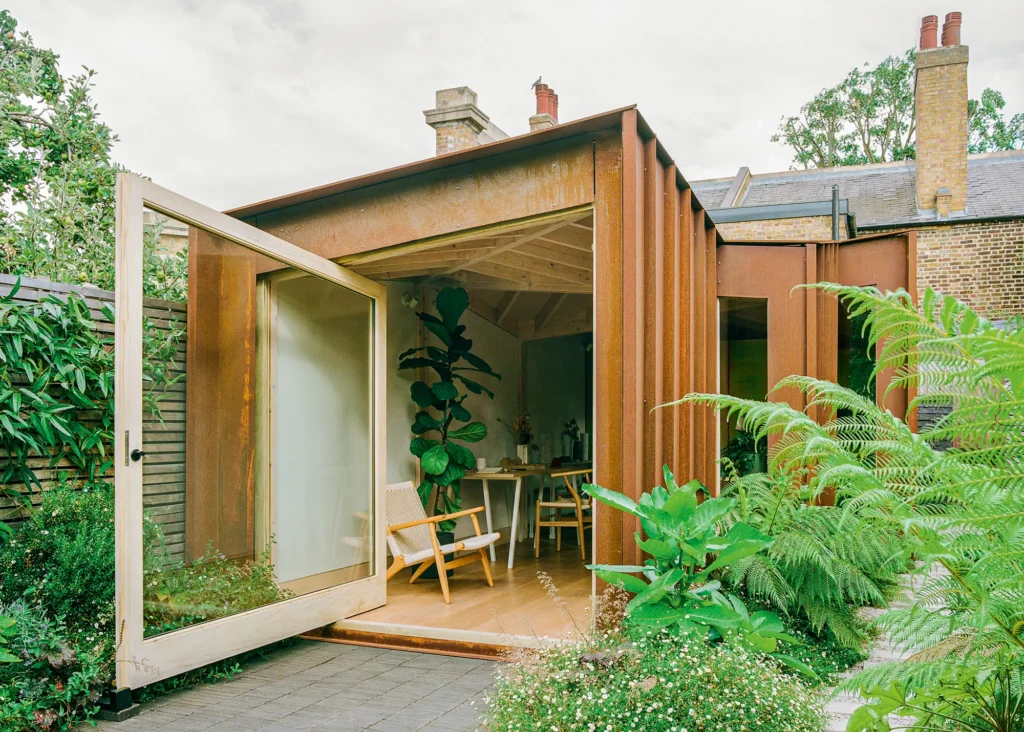
ByOthers Studio designed this 30m2 timber frame garden office, which sits atop a timber floor structure and ground screw foundations. The stylish project features a glass pivot door and Corten steel cladding for a unique finish, with sheepswool insulation to maintain a comfortable interior throughout the seasons. Photo: Lorenzo Zandri
The building must be behind the principal elevation of the house, and you cannot cover more than 50% of the garden with such structures. Height limits also apply.
There are no PD rights for outbuildings in the grounds of listed properties, while in AONBs, conservation areas and national parks, they must not be larger than 10m2 if they are more than 20m from the house – among other restrictions.
If you’re able to build your garden room under permitted development, it’ll be wise to consider a Lawful Development Certificate as this proves the work was permitted and will come in handy should you choose to sell your home.
Read More: Garden Offices: Your Complete Guide to Building an Office in Your Garden
FAQ Do I need planning permission to change a conservatory into a standard room?Opinder Liddar, Build It’s design and architecture expert, says: Most properties have permitted development rights enabling certain sized extensions to be built without the need for planning permission. More than likely your property and replacing the conservatory could fall into this category dependant on the size of the conservatory and if it is lawful itself. I assume this is not a listed building and therefore listed building consent would not apply either. So long as the new extension is no bigger than the existing, then I expect that planning would not be required. If you are not sure, you could apply for a certificate of lawful use to the local authority who would be able to guarantee that planning is not needed. |
18. Build a Swimming Pool Under Permitted Development
Swimming pools come under the same class as outbuildings, so if you’re planning one in a small garden you should check whether it will fall within the 50% limit on coverage of grounds by buildings.
19. You Can Build a Garden Deck without Planning Permission
An external deck can be laid provided it isn’t over 300mm above ground level. It’s subject to the same provisos about garden coverage (so counts towards the 50% threshold) and floorplan size in protected areas as apply to outbuildings.

Trekker’s Grooved composite garden decking has a slim profile and is easy to install across a range of applications using clip fixings. The cool-toned planks are ideal for creating a practical, durable and contemporary outdoor area, with the grooved texture helping to prevent a slippy surface
20. Put Up Gates, Fencing & Walls
Are you looking to construct a new fence but are unsure whether or not you’ll require planning permission? The good news is that you can build new boundary treatments (such as fences) provided they fall within allotted height restrictions. Those fronting a highway must be a maximum of 1m tall, while a 2m threshold applies elsewhere. This right does not extend to listed buildings.
21. Upgrade Your Patios & Driveways without Applying for Planning Permission
Laying or replacing hardstanding is considered permitted development across most parts of a property’s grounds. However, if you’re planning to treat more than 5m2 of front garden you must either use a porous surface, such as gravel or permeable block paving. Alternatively, you should direct the rainwater to a lawn or flower bed where it can drain naturally.
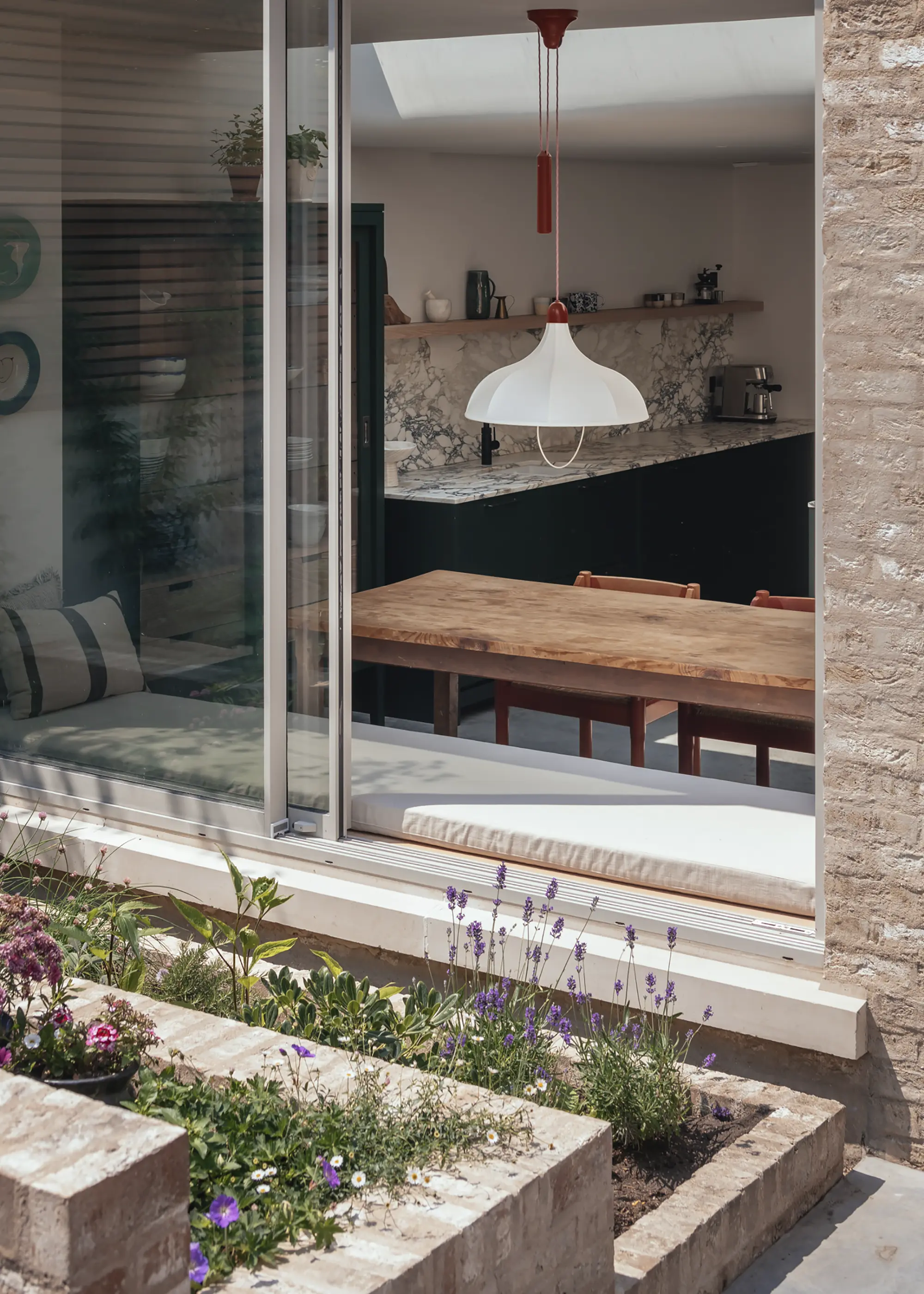
Oliver Leech Architects have transformed this Victorian house, set within a conservation area in Herne Hill. The sensitive redesign involved replacing a network of small, disconnected rooms with a stepped extension. The exterior comprises Con Mosso bricks, covered in a lime slurry to achieve a soft, stone-like textured finish, which have been carried through to the patio landscaping Photo: Jim Stephenson
22. Renew Your Home’s Landscaping for an Exterior Refresh
While most garden work is clearly permitted, including major changes such as planting hedges, there are a number of restrictions. The most significant is that many trees are protected by preservation orders, so you may need the council’s consent to prune or fell them.
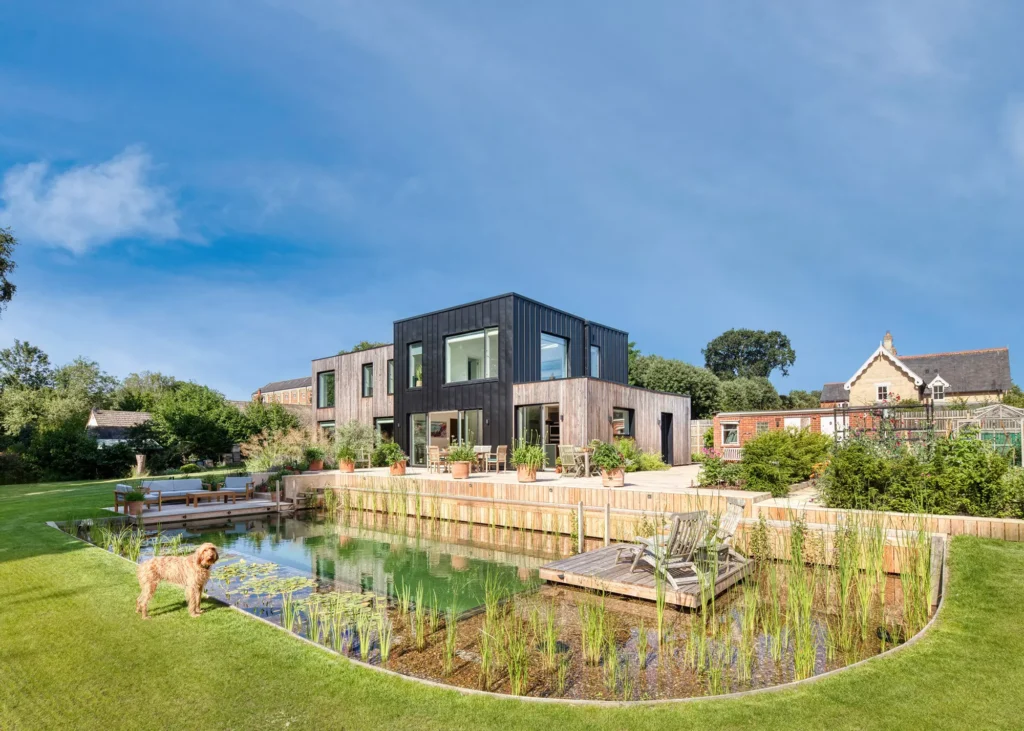
Facit Homes designed and built this house to maximise views of the surrounding woodland. The garden was masterminded by Area Landscape
23. Change a Building’s Use to a Create New Home
Permitted development rights allow you to convert a range of agricultural and commercial buildings – such as shops, offices and storage units – to domestic use. For example, in England only you can change the use of up to three farm buildings on the same tranche of land, up to a maximum combined footprint of 405m2.
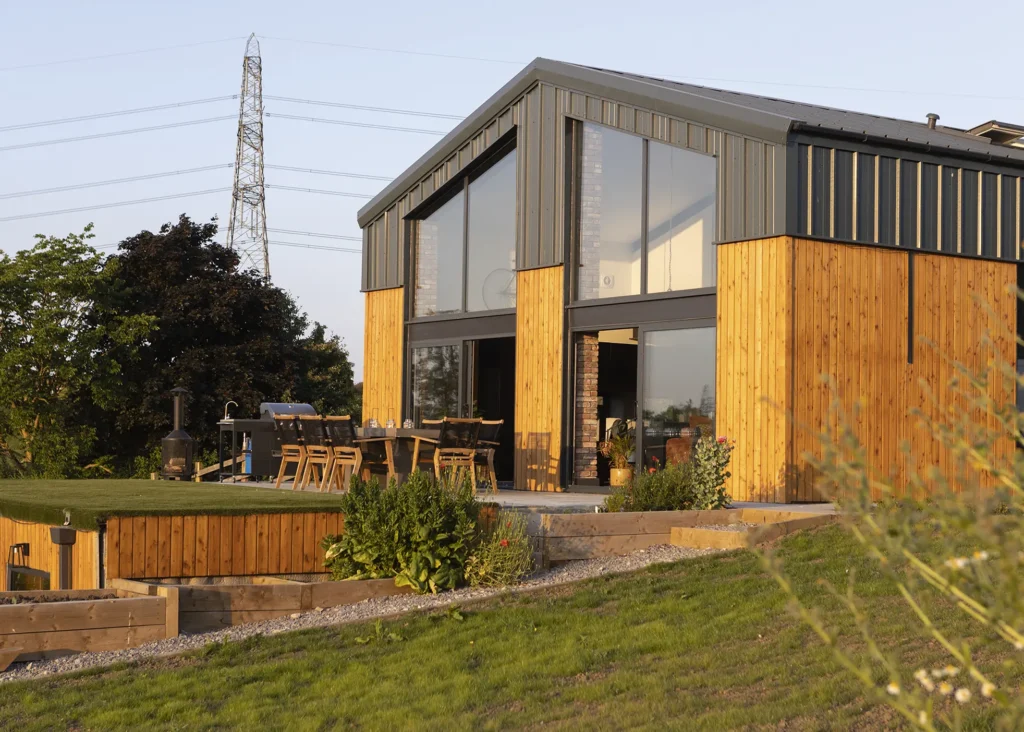
Jamie Davidson could convert this barn under Class Q rules – a type of planning permission specifically for transforming agricultural buildings into homes. Although this type of consent is considered to be permitted development (where formal planning isn’t required), there’s still a prior approval process to go through with the local authority. Photo: Exposure Photo Agency
The rules around these projects are complex and, while full planning may not be required, separate prior approval applications do need to be made to the overseeing council.
Expert Advice: Renovating a Home: Will I Need Planning Permission to Make House Alterations?
This article was originally published in July 2023 and has been updated in March 2024.
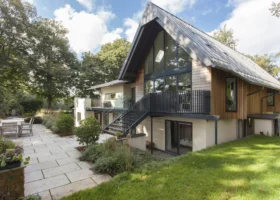
































































































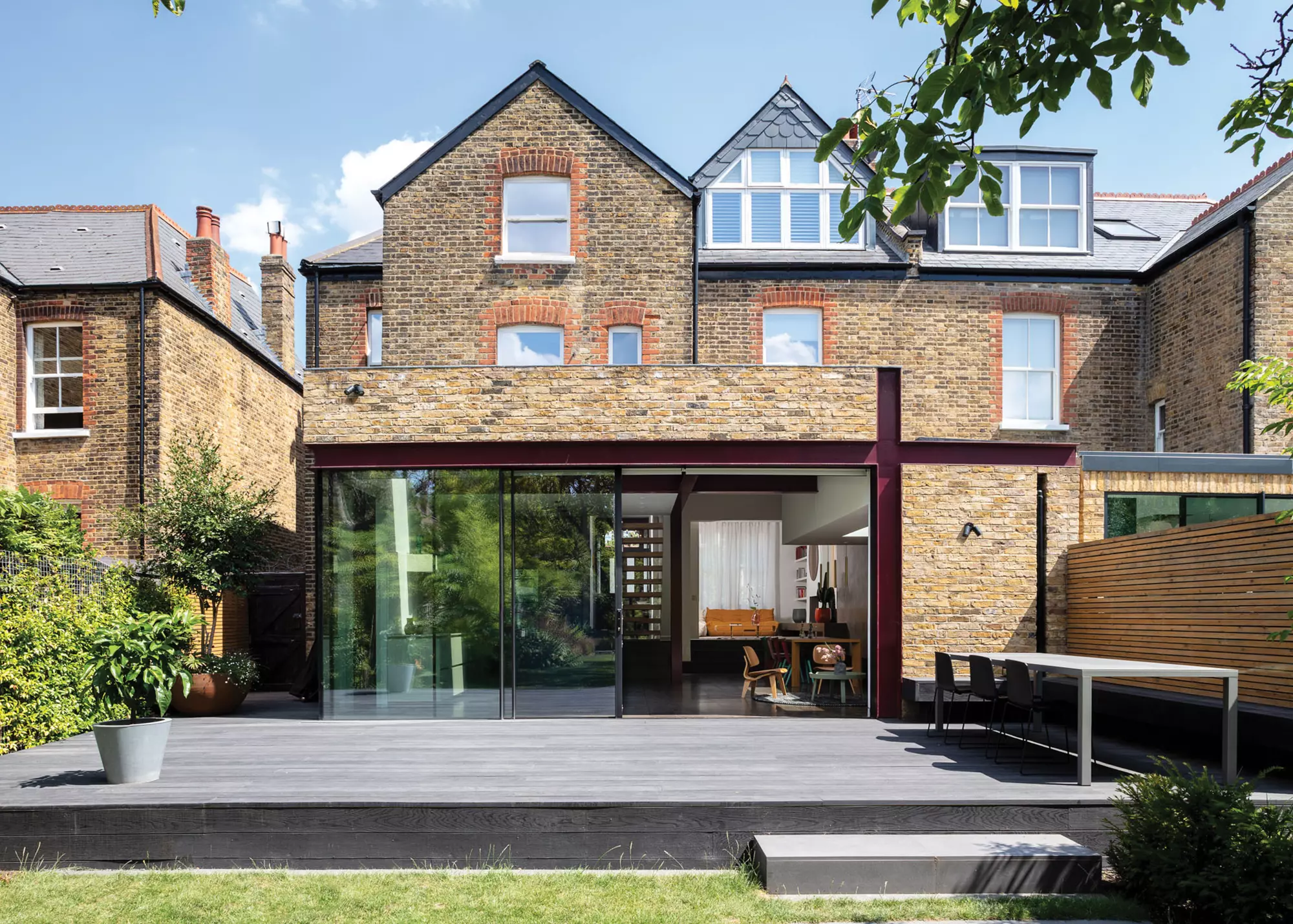
 Login/register to save Article for later
Login/register to save Article for later




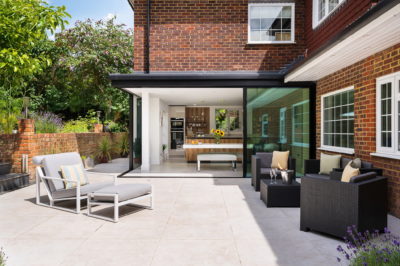

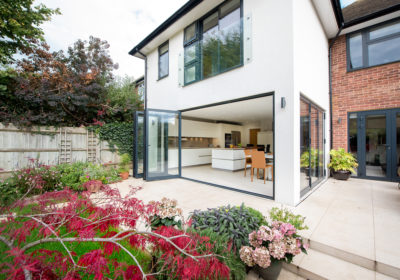
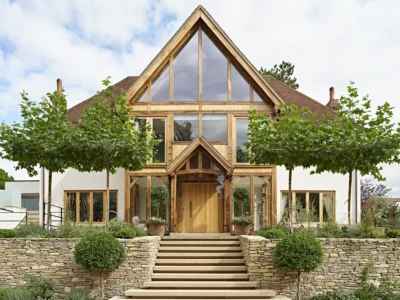





Is there a forum? Would be great to chat & exchange ideas with like minded people. Theda
Hi Theda,
We have a Q&A page where you can discuss any questions you may have with our experts and other readers! Feel free to post a question or help another reader out with an answer.
Here’s the link to the page: https://www.self-build.co.uk/questions/
If you’d like to join our online community, feel free to follow us on facebook (https://www.facebook.com/BuildItMagazine/) and twitter (https://twitter.com/builditmagazine?lang=en) !
Lucy (Build It Digital Editorial Assistant)